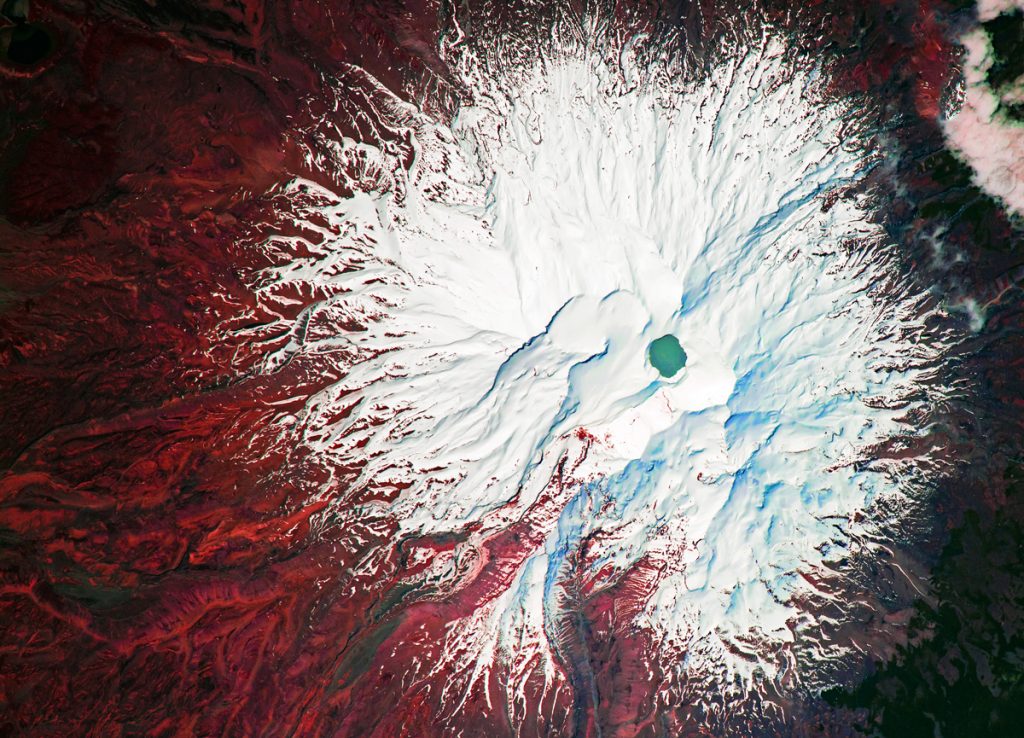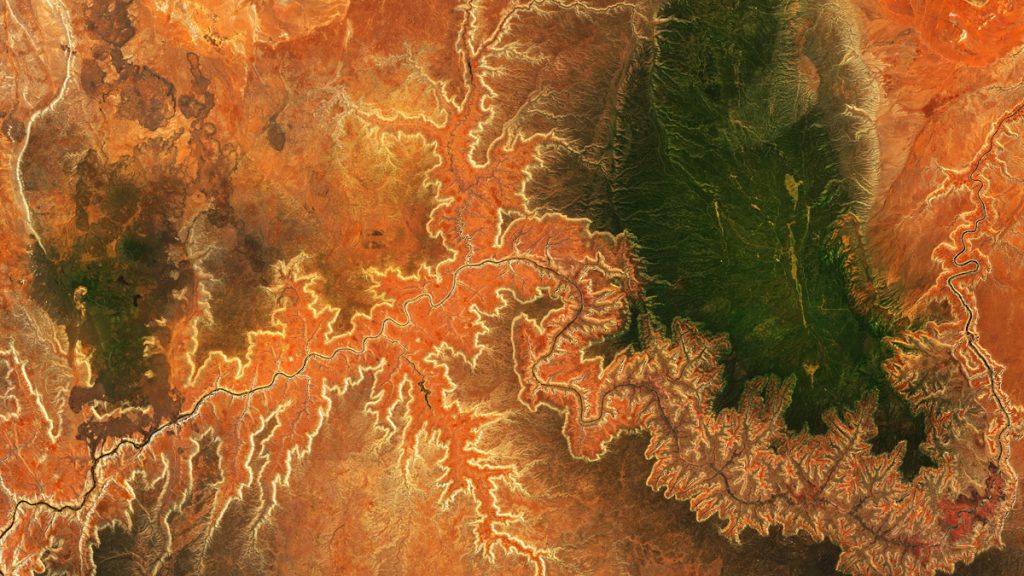Last Updated on November 14, 2024 by Avia
Today, as more and more governments introduce carbon-free initiatives, only the most stubborn of skeptics disregard the alarming levels of global climate change. However, this wasn’t always the case — scientists had to fight a pretty rough battle to convince international communities of the necessity to take action. Besides, providing hard evidence would not be possible without Earth observation data obtained from satellites in our orbit.
Today, we have around 160 Earth Observation satellites (EOS) streaming data on climate change, pollution levels, changing land and marine covers, and much more. But why rely on space data? And what observations have scientists made that show evidence of climate change? More importantly, is there anything else we can do to address this problem? We try to answer all that and a little more in the paragraphs below.

Earth Observation Evidence on Climate Change
Over the years of climate change data analysis, scientists have accumulated a lot of indisputable evidence on climate change, namely:
● Carbon dioxide levels have reached record heights since the symbolic start of the Industrial Revolution in the 1750s. Earth observation data also shows alarmingly high concentrations of methane and nitrous oxide in our atmosphere.
● Global surface temperature is rising at an unprecedented pace, and the annual change of 1°C is no longer a case as we head into 2.5°C. Earth observation data implies that this speed will keep progressing — for example, when since the first measurement in the 1850s, the accelerating speed was under one degree per decade but has been rising alarmingly since the 1980s.
● Ice covers are melting due to increased surface temperatures — earlier this year, Earth observation data from the Copernicus satellite recorded a 380 square km iceberg break off the coast of Antarctica, and this is not the first case when such ice chunks float away.
● Next, Earth observation data shows sea levels rising due to increased temperatures and ice shelves gradually melting away into the seas.
This pretty much answers the question — why is Earth observation data important? But what sort of data is implied, exactly?
What Is the Role of Data in Climate Change Monitoring?
A typical Earth observation satellite captures images of our planet and sends them back to ground stations for analysis. Most Earth observation pictures are very similar to optical photos we take on our terrestrial cameras — for example, optical Earth observation data is enough to watch over icebergs breaking off or sea levels rising. Earth observation satellites that measure temperature and pollution levels are equipped with infrared sensors that react to heat and capture temperature levels as pictures. Later, this raw Earth observation data is converted into readable formats and analyzed.
Observing climate changes over time gives a very detailed picture of how quickly our home changes. This makes Earth observation data an indispensable tool in modeling future climate changes based on historical patterns, analyzing how trends progress over time, and, eventually, convincing policymakers worldwide that action must be taken.
However, analyzing Earth observation data is not without its challenges — the sheer volumes of information are overwhelming, and some anomalies are hard to single out. Fortunately, our tech is also evolving, and there are major advances in Earth observation satellites that might soon simplify data collection and analysis.

Advances in Data Science and Climate Change Research
First Earth observation tech could ensure large area coverage but showed few details. Today’s advances in satellite tech, specifically optical imagery, provide an unprecedented level of detail. For example, Sentinel-2 provides data at 10-meter resolution and Landsat 9 — at 15-meter resolution, but newer satellites, like ESA’s Pléiades Neo, can capture imagery at 30-15 cm resolution, which translates into very detailed pictures of surface area.
Advances in artificial intelligence also play a part in Earth observation data and climate change monitoring. Another brainchild from ESA, Φsat-2, is equipped with multispectral cameras and six onboard AI applications that process images in orbit.
This means that AI software analyses any anomalies it detects independently, without interference from human personnel. So, for instance, when an alarming sign pops up, AI will let the scientists know — and there is no need to sift through terabytes of Earth observation data manually. This tech is not operational (yet), but it will soon be because AI is already used in data analysis to optimize human effort.
Constellations of satellites also have great promise for Earth observation because they ensure quick data analysis, and continuous operation even if one or several spacecraft in the constellation go out of order, can offer large area coverage, multiple resists per day, etc.
Even though advances in space tech alone cannot solve the pressing climate change problem, Earth observation data may be the key to identifying the best solutions and, potentially, slowing down the speed at which our home is changing. As we advance our understanding of processes on Earth and beyond, we may yet find better ways to work with resources we’ve taken for granted for too long already.
Get Firmly Rooted In Your Spiritual Growth
With These Nature Spirituality Selections From Amazon
Want more? Me too! That’s why I’ve also got this for you on Whats-Your-Sign:








